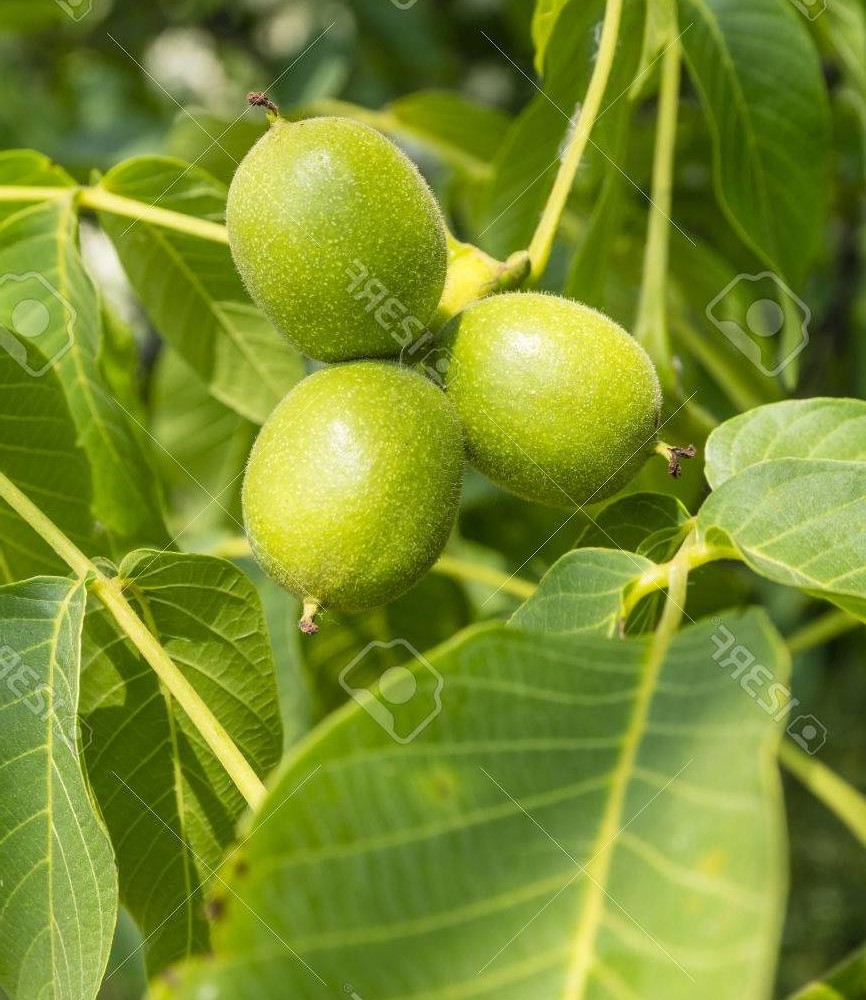Black walnut
(Juglans ailanthifolia)

Description
Juglans nigra, the eastern American black walnut, is a species of deciduous tree in the walnut family, Juglandaceae, native to North America. It grows mostly in riparian zones, from southern Ontario, west to southeast South Dakota, south to Georgia, northern Florida and southwest to central Texas. Wild trees in the upper Ottawa Valley may be an isolated native population or may have derived from planted trees. Black walnut is an important tree commercially, as the wood is a deep brown color and easily worked. Walnut seeds (nuts) are cultivated for their distinctive and desirable taste. Walnut trees are grown both for lumber and food, and many cultivars have been developed for improved quality wood or nuts. Black walnut is susceptible to thousand cankers disease, which provoked a decline of walnut trees in some regions. Black walnut is known for being allelopathic, which means that it releases chemicals from its roots and other tissues that harm other organisms and give the tree a competitive advantage. The fruit production tends to occur irregularly with some years producing larger crops than others (see mast year). Fruiting may begin when the tree is 4–6 years old, but large crops take 20 years. Total lifespan of J. nigra is about 130 years. Like other trees of the order Fagales, such as oaks, hickories, chestnuts, and birches, it is monoecious, with wind-pollinated catkins. Male and female flowers are in separate spikes, and the female flowers typically appear before the male on a single tree (dichogamy). As a consequence, self-pollination is unlikely. However, individual trees are commonly self-compatible; if they are not pollinated by neighboring trees, they may set self-fertilized seeds. For maximum seed germination, the seeds should be cold-moist stratified for 3–4 months, although the exact time depends on the seed source. The seedlings emerge in April or May. While most trees with taproots have a reputation for slow growth, black walnut is an exception and can achieve very rapid growth in the seedling stage, typically 90 cm (35 in) their first year and even more in the second year. Black walnut will not leaf out until temperatures have warmed sufficiently. Leafout in spring is initiated when daytime highs reach approximately 70 °F (21 °C) and leaf drop in fall when daytime highs fall below 65 °F (15 °C).
Taxonomic tree:







